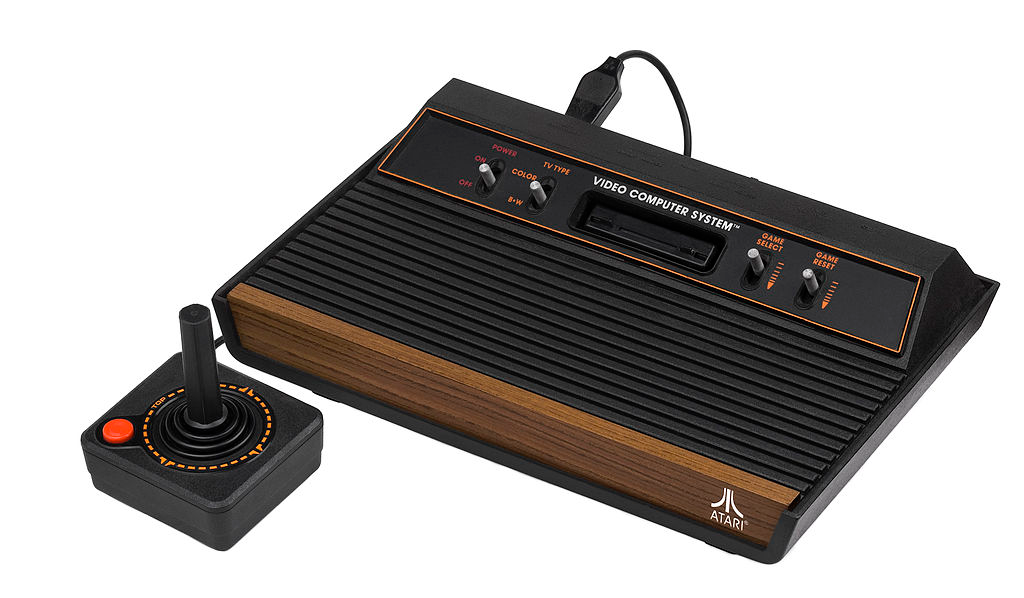In the previous post, we have presented solution methods that represent the action-values in a small table. We referred to this table as a Q-table. In the next three posts of the “Deep Reinforcement Learning Explained” series, we will introduce the reader to the idea of using neural networks to expand the size of the problems that we can solve with reinforcement learning presenting the Deep Q-Network (DQN), that represents the optimal action-value function as a neural network, instead of a table. In this post, we will do an overview of DQN as well as introduce the OpenAI Gym framework of Pong. In the next two posts, we will present the algorithm and its implementation.
Atari 2600 games
The Q-learning method that we have just covered in previous posts solves the issue by iterating over the full set of states. However often we realize that we have too many states to track. An example is Atari games, that can have a large variety of different screens, and in this case, the problem cannot be solved with a Q-table.
The Atari 2600 game console was very popular in the 1980s, and many arcade-style games were available for it. The Atari console is archaic by today’s gaming standards, but its games still are challenging for computers and is a very popular benchmark within RL research (using an emulator)

#artificial-intelligence #reinforcement-learning #towards-data-science #deep-learning #deep-r-l-explained #deep learning
